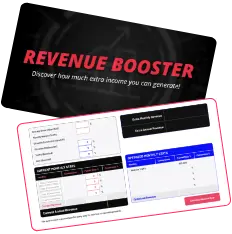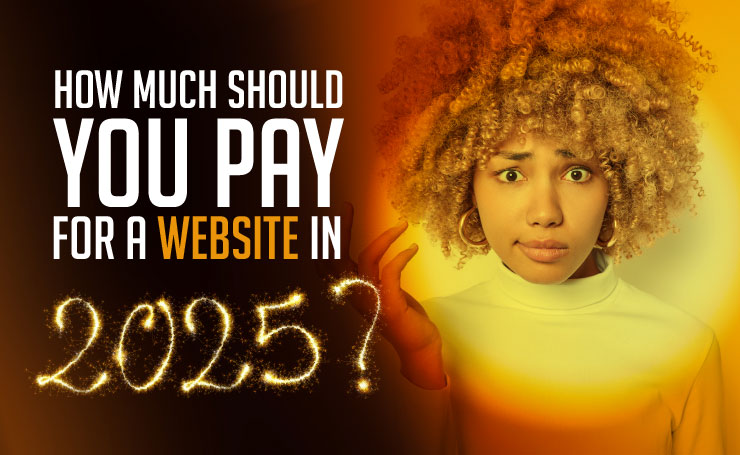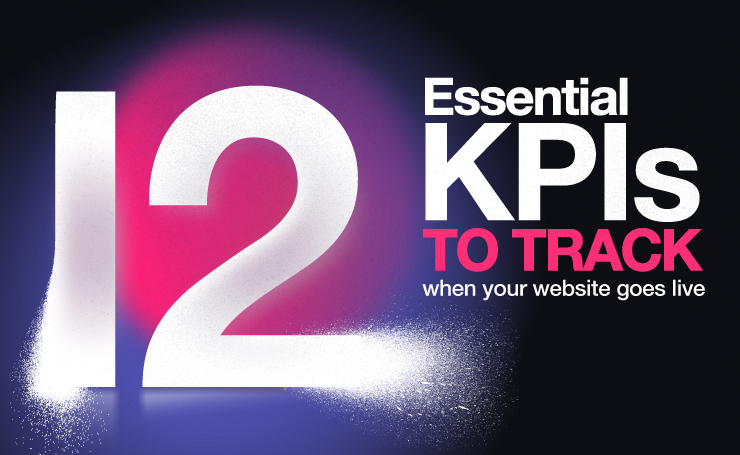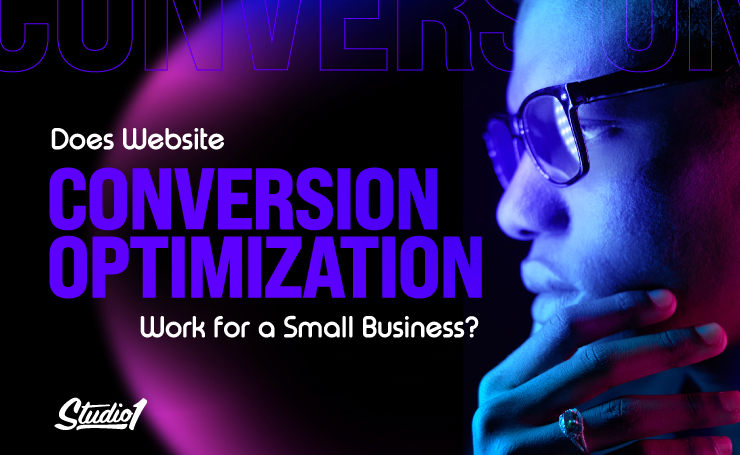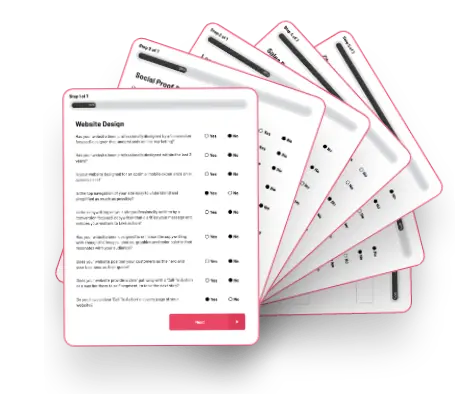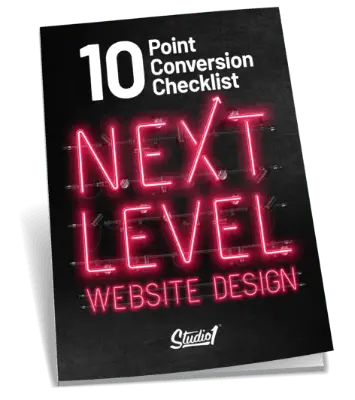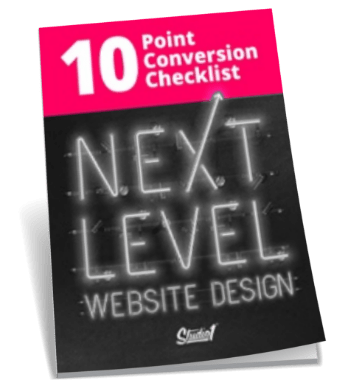We are naturally inclined to react to images as they have a strong impact on our emotions.
When choosing images for your website make sure they enhance the messages on your website and not just be a decoration. Photos and images can have a powerful impact on your visitors if they are thoughtfully created and well-placed to enhance the words on your website.
We all know the saying that “a picture is worth a thousand words” – but the quality of the images and their targeted message is what sets you apart from your competitors. When implemented properly, images can connect your prospects emotionally with your message.
Images can also communicate information quickly, and they are easier to read than text. Images can be used to inspire, enrage, inform, provoke or entertain. The right targeted quality images can help you tell your story, create desire, help customers connect with your brand, and gain trust.

Use custom images
Stock images have their limitations – both in content and styling. Try not to use stock images on your branded website, wherever you can. it’s ok to use stock images and customize them to make them unique to your brand, however, try not to use them as is because stock images can undermine the credibility of your brand if they are seen all over the internet.
With a custom image, you’re in control. Your pictures will say exactly what you want them to say and create a unique look and feel. You’ll stand out from the competition when you use unique images.
People like to connect with other people and using custom images can help humanize your brand. It’s also helpful to be stylistically consistent, try to adhere to a particular photographic or graphic style that your audience can instantly recognize.
There are many things to consider and then the most important is to make sure that the image resonates with your target audience.
A bad image that doesn’t enhance your copy will likely turn prospects away if they feel a disconnect and don’t feel like your offer will solve their problem because the image doesn’t match the copy. When there is no clarity and cohesion between your copy and images, your visitors will be confused.
Being drawn to the image is a natural reaction but if chosen carefully, it should guide the visitor to read the rest of the copy too. Therefore, the right image should be reflective of your product or service while connecting emotionally with your prospect.
Think of it like the posters you see on buses. The images used depict how the product and/or service will make you look or feel. In the same way, the images on your webpage will also make you feel the same.
Add to that the fact that these pictures should also reflect the traffic source upstream. This means that if the image came from a banner ad, then it should be similar to the headline. Just make sure to use unique images, which means they should not look too much like ‘cheesy stock images.
Starting from the top of the page, images and benefit headlines should be made larger. Next, you would have benefit-driven bullets and smaller paragraphs. As your site’s visitor slowly becomes locked into your sales copy, you begin to break the information into palatable chunks and select images that perfectly reflect your copywriting.
You can use images to illustrate the problem your prospects are having then pair that up with an image that illustrates the solution.
Showcase your product in use and in context
Before committing to buying a product or service, people want to see how – and in what context – a product is used or service will help them.
For example, if you’re selling hammers, show them on a workbench. If you’re selling knitting yarn, show it being used.
This is particularly important for e-commerce websites. It creates a better sense of engagement and helps visitors understand issues of size and scale.
On our t-shirt print design website, we use a banner that shows the product which is the print design, AND a person wearing a t-shirt printed with that design.
(see example downloadt-shirtdesigns.com).
Show your product from all sides
At its most basic, you can do this with a series of still photos. Again, show products in use and in context.
Step it up a bit by using a tool to create an interactive 3D product image. This used to be a top-end strategy, but today, you can create interactive product photos without a movie shoot. (There are a few plug-in tools out there so look for the tool that suits your needs and budget.)
Show your product in motion
Bandwidth is getting bigger and video is getting easier. It could well be worth showing your product actively in use.
Online dress shop ‘Pretty Little Thing’ uses videos of their clothes being modeled catwalk-style. They’ve done this in detail, with a video in every color the dress comes in. A big investment, but worth it for a better customer experience, so they can see how the clothing fits.
Show the promise, not just the product.
Everyone strives to live what they believe to be their perfect lifestyle. Visual content can help represent the lifestyle that a brand is trying to sell to its customers. Many consumers would rather purchase an experience than a product, so it’s important to position your products or services as part of a desirable, aspirational lifestyle.
For example, clothing brands want you to feel attractive and fashionable, car manufacturers want you to feel like you deserve luxury, and travel companies sell you the freedom of escaping the everyday.
Does the quality matter?
Ensuring that your images are of a high-quality level is crucial. A badly taken, out of focus or poorly lit image reflects badly on you and your brand.
Stock photos are, on the whole, a great way to make the effort and high costs of taking photos yourself or hiring a photographer. Though depending on where you decide to buy photos, you could run up a high total just purchasing a couple of images, so it’s always best to look around for the best price and best quality.
How to save your images to increase your search engine rankings
Having a quality custom image and website design is a great way to contribute to SEO. There are around 200 factors in Google’s algorithm for ranking websites these days. The images that you use impact the rankings – so be web-smart in how you use them. Here are some ideas to help you…
- Make sure your web pages load quickly by using highly compressed jpg for your images wherever possible. The key is to compress them “just enough” so that the quality is still great and the file sizes are small. We recommend using Adobe Photoshop to optimize your images, and ‘saving for web’ with compression of around 60 – 70%.
- Only use png files if the image is an irregular shape and needs to move independently from the background it sits on, to suit various screen sizes. Otherwise use jpg because jpg can be reduced to smaller file sizes.
- Name your images with keywords related to your business. Be sure to update the alt-tag descriptions too.
- Make sure your site and images are designed to suit all screen sizes. Google will penalize your website if it’s not responsively designed to suit all screen sizes.
Action plan…
Review your website and ask yourself if your images are unique and enhance your copy to give clarity to your visitors on your offer.
If your site is falling behind and needs an update, we would love to help you.
Book a Free Strategy Call with us and we’ll help you figure out how to make your website work even harder for you. We promise it won’t be a sales pitch – just a casual, friendly conversation where we’ll share some tips on how to turn your online store into a marketing powerhouse.



